Victoria | She/Her
The Bull
Kenya
Tropical and Subtropical Grasslands, Savannas, and Shrublands
Session 10: May 30, 2023
It’s midday at Kenya’s Tsavo Conservation Area, and the scorching sun bears down on us relentlessly. Helplessly, we face a distressing situation. Word has reached us of an immobile elephant stranded in the heart of Rukinga Ranch. At the time, I’m working in Tsavo East’s research department. We join the vet on a dusty journey to the ranch. Excitement mixes with worry as we wonder what could have happened to this majestic species.
Upon arrival, our hearts shatter at the sight before us. The bull lies on his side, weak and feeble. His expression reflects his suffering—he is struggling to breathe and painfully thin, his ribs clearly visible. The vet’s diagnosis confirms our fears: emaciation. The ranch rangers tell us he has likely been here for nearly a week, unnoticed until their patrol discovered him.
Our mission becomes clear: we must try to help him rise, stand on his own four feet, and continue his journey. Perhaps he could reunite with his family or other elephants. For over an hour, we give everything we have, attempting to lift him from all sides. We refuse to lose hope, exploring every possible angle.
In his final moments, the bull trembles and breathes heavily, his faint trumpeting echoing through the air. It’s his last breath. His last fight. He succumbs to his battle for life.
Emaciation, as the vet explains, may have resulted from his long trek in search of water. I cannot begin to imagine what this elephant has gone through in the past few weeks. Elephants, known to travel long distances for this precious resource and scarce food, push their limits. Exhausted, the bull collapsed, leaving him vulnerable to bacterial infestations. As he lay on the ground, his weak orifices like his mouth and trunk exposed, his chances of survival dwindled.
This is not just one case. Many cases like this happen every time Kenya experiences a devastating drought period. It’s not just people and their livestock who are affected, but wildlife, too.
Let’s face the undeniable truth: wildlife bears the biggest brunt of climate change. They are defenseless. Kenya’s recent devastating drought stands as a painful testament to the countless wildlife lost. It is our duty to safeguard their habitats, for they hold the key to mitigating the effects of climate change and preserving our planet’s delicate balance.
This experience moved me to become a wildlife storyteller. At first, I did not know why I was doing it. But over time, I have realized, people need to be aware that wildlife is struggling to survive because of our impacts on the planet, and we must do something.
On that day, as the elephant lost its breath, I found my voice. A voice for the voiceless.
Victoria is the creator and editor of Nyika Silika, an award-winning environmental communication platform and the co-founder of Biophilic Conversations, an initiative that empowers youth towards conservation action. She is dedicated to using digital media to disseminate knowledge and raise consciousness about wildlife and environmental conservation.
